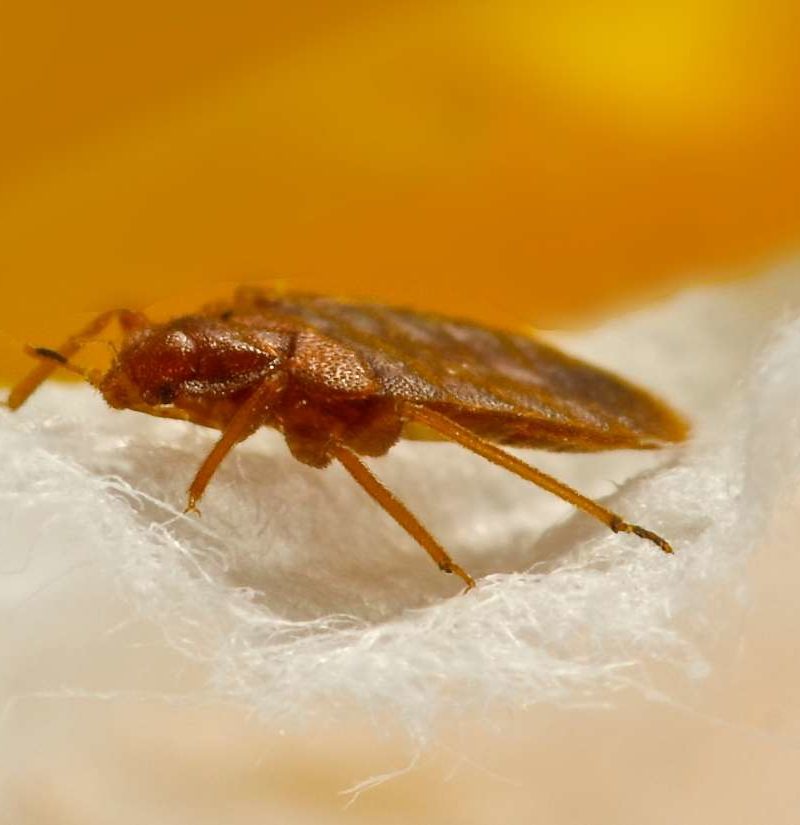Bed Bug Bounce: Debunking the Jumping Myth
Discover the truth about bed bugs' movement abilities, debunking myths, and effective strategies to prevent and deal with infestations in our expert guide.

Bed bugs are small, elusive, and highly resilient insects that have been troubling homeowners for centuries. They are nocturnal parasites that feed on the blood of humans and animals, often causing itchy and irritating bites. Due to their cryptic nature and ability to infest even the cleanest of homes, bed bugs have become a significant concern worldwide. One of the most common misconceptions associated with these pests is their ability to jump, but do bed bugs really jump?
Contrary to popular belief, bed bugs do not have the ability to jump or fly. Unlike fleas, which can leap impressively long distances, bed bugs lack the necessary anatomical structures for jumping. Instead, they rely on their six legs to crawl and navigate their way through their environment, albeit at a surprisingly quick pace. Bed bugs can cover distances of up to 100 feet in a single night, making them more than capable of finding their next blood meal without needing to jump.
So how do bed bugs move from one location to another without jumping or flying? These tiny pests are masters of hitchhiking. They can easily travel on clothing, shoes, luggage, or other personal belongings, often without being detected. This is why bed bugs are commonly found in hotels and other lodging establishments, as they can hitch a ride on a guest's luggage and infest a new location. Moreover, in multi-unit buildings like apartment complexes or dormitories, bed bugs can easily crawl through cracks and crevices in walls or along pipes, allowing them to spread from unit to unit.
Understanding the limitations of bed bugs' mobility is essential in preventing and managing infestations. There are several steps you can take to minimize your risk of a bed bug infestation. First and foremost, practice good sanitation and maintain a clutter-free environment, as this can reduce hiding spots for bed bugs. Regularly vacuum and clean your home, paying close attention to areas around your bed, such as mattresses, bed frames, and box springs.
When traveling, carefully inspect your accommodations for any signs of bed bugs, such as tiny reddish-brown insects, small blood stains, or fecal spots on mattresses, bedding, and upholstery. Keep your luggage off the floor and away from the bed, and consider storing it in a sealed plastic bag to reduce the risk of bed bugs hitching a ride. Upon returning home, immediately wash and dry your clothes on the highest heat setting, as this will kill any bed bugs that may have found their way into your belongings.
If you suspect a bed bug infestation, it is essential to act promptly to prevent their rapid spread. Consult a professional pest control expert, as they possess the necessary knowledge, skills, and tools to effectively eliminate bed bugs and provide guidance on preventing future infestations. While bed bugs may not be able to jump or fly, their ability to hitchhike and crawl make them tenacious pests that require a vigilant and proactive approach to manage.





